How long can Jim Chalmers and Chris Bowen ignore the nuclear answer?
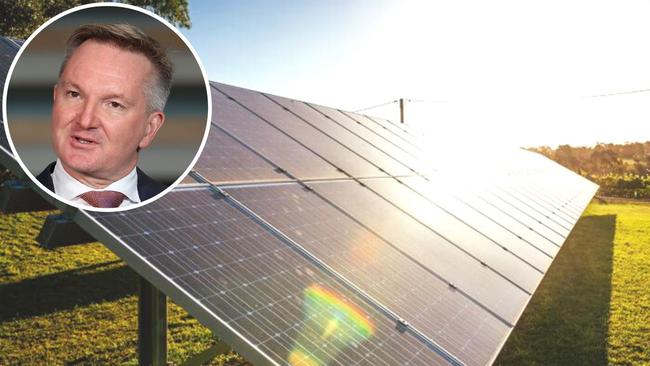
Jim Chalmers reiterated the government’s daunting target for renewables to supply 82 per cent of the nation’s energy by 2030 (up from 29 per cent today). He was not convincing.
Despite his green credentials, Chalmers admitted in his budget speech to the ongoing need for gas as firming energy support for renewables when the sun doesn’t shine or the wind doesn’t blow.

It’s a big call given the extent of opposition to fossil fuels among climate activists, many of them Labor supporters. Amazingly, given the ambition of Labor’s shift away from fossil fuels (despite the ongoing reliance on gas) – and the escalating levels of investment needed in solar and wind generation to meet expected demand and avoid blackouts – he failed to call upon the obvious potential option of carbon-free nuclear power.
Paradoxically, Chalmers has made the task of bringing gas to the rescue more difficult by subjecting it to price controls, a burden likely to retard investment in new exploration and development. And the whole energy situation is being brought closer to crisis by the premature closing of several large coal-fired plants and the delays in completing Snowy Hydro 2.0, which is supposed to supply some of the firming needed.
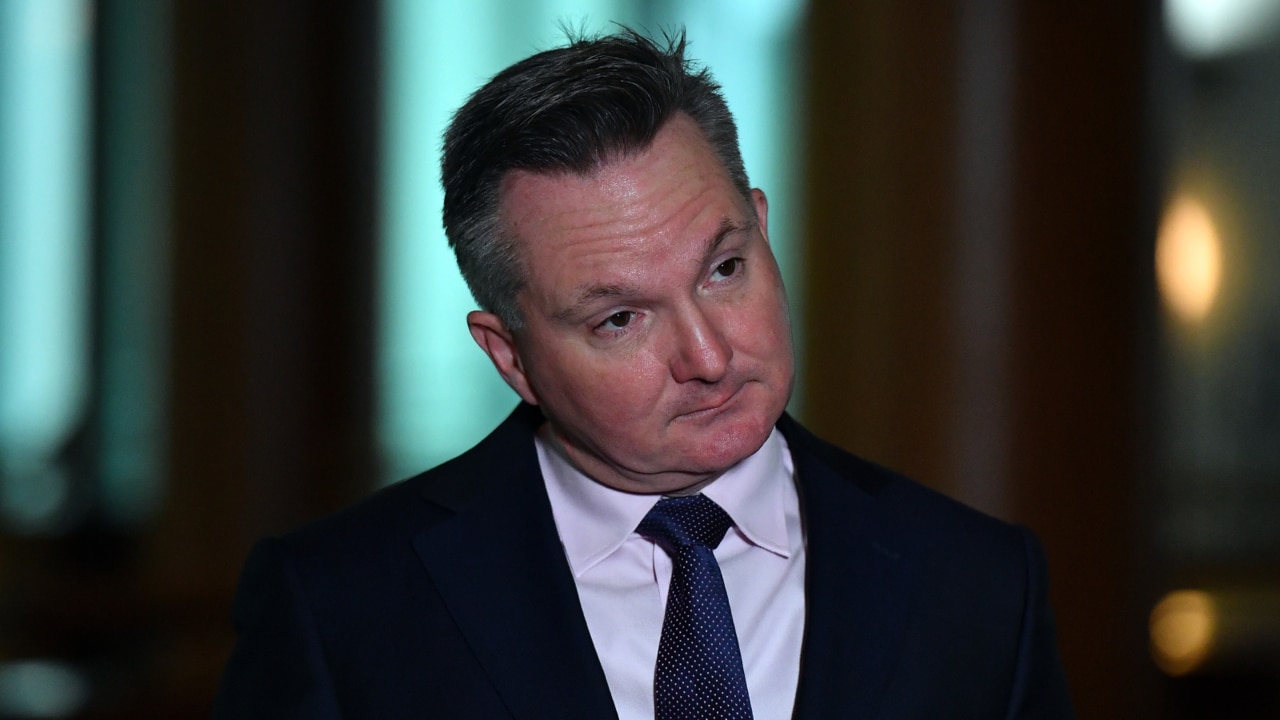
No mention also is made of where the electricity will come from to power all the electric vehicles the government wants Australians to own. Labor has a market share target for EVs of 80 per cent. The average EV requires 30KWH to travel 160km, the same amount needed to fully power a normal home for a day. California projects that EVs will consume 5.4 per cent of the state’s electricity by 2030.
In view of all this, it is irresponsible to ignore nuclear. Peter Dutton is right when he criticises the government for failing to even consider it. And the case for nuclear power in Australia is strengthening all the time, particularly for the use of the latest technology in nuclear generation, the small modular reactors. These generators are a fraction of the size – and cost – and nothing like the visions of large, old-technology plants portrayed by nuclear’s opponents such as Energy Minister Chris Bowen.
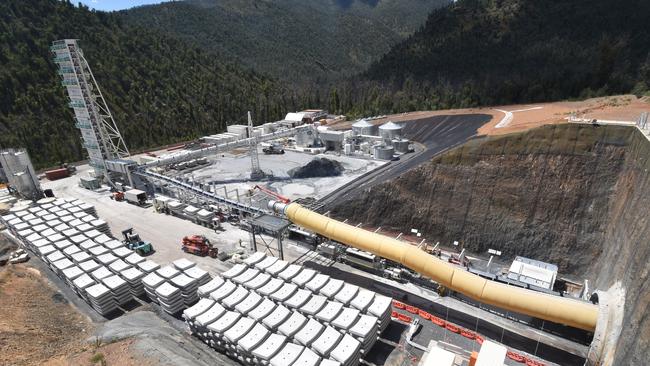
Advancements in nuclear technology mean that passive features ensure utmost safety in modern generators, especially SMRs. Waste disposal has moved well on recently too with Finland at the forefront with its west coast Onkalo facility, supported by proven technology, the local community and national government (including the Green Party).
When commissioned, as expected next year, it will demonstrate to the world that nuclear waste can be safely and permanently sequestered. And other countries, including Canada, France, Switzerland and Sweden, are following suit. It’s becoming increasingly clear that carbon emissions-free SMRs could play a critical role in weaning Australia off fossil fuels. The SMRs are manufactured in modules to a single design, facilitating regulatory approvals, saving cost and time.
The modules can be added together in one location and would be ideal, for instance, for repurposing coal-fired power stations after they have been closed, to meet energy needs, or individually trucked to regional or remote areas to provide power, to small or medium-sized towns, or for mines. SMRs would use much of existing infrastructure, including transmission lines, and not require the billions of dollars in new transmission networks.
Across the world more and more attention is being directed to SMRs. Seventy designs are under development in 18 countries. North American and European governments are providing substantial funds and encouragement to companies to roll out their SMRs, many of which are being developed by well-known names such as Westinghouse, Rolls-Royce and Hitachi.
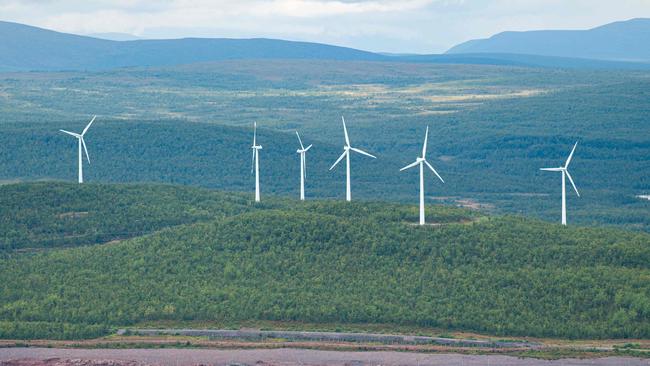
The power generation utility of Ontario, Canada, has teamed with Hitachi to construct an SMR unit, which is scheduled to begin supplying electricity to the grid by 2029. The Canadian government has budgeted $120m to support the development of SMRs, which its Energy Minister said offers a “promising pathway to support Canada’s low-carbon energy transition”.
Some opponents of nuclear power claim incorrectly that the costs of SMRs are too high when compared to renewables. When capital costs are spread over the 25-year life of solar plants (20 for wind) and the 60-year life of SMRs, and the cost of hundreds of kilometres of transmission lines (not needed for SMRs since they take up so little space) is included, the result is that SMRs are half the cost of renewables. Also, when more SMR modules are produced in the future, economies of scale will drive down their costs significantly.
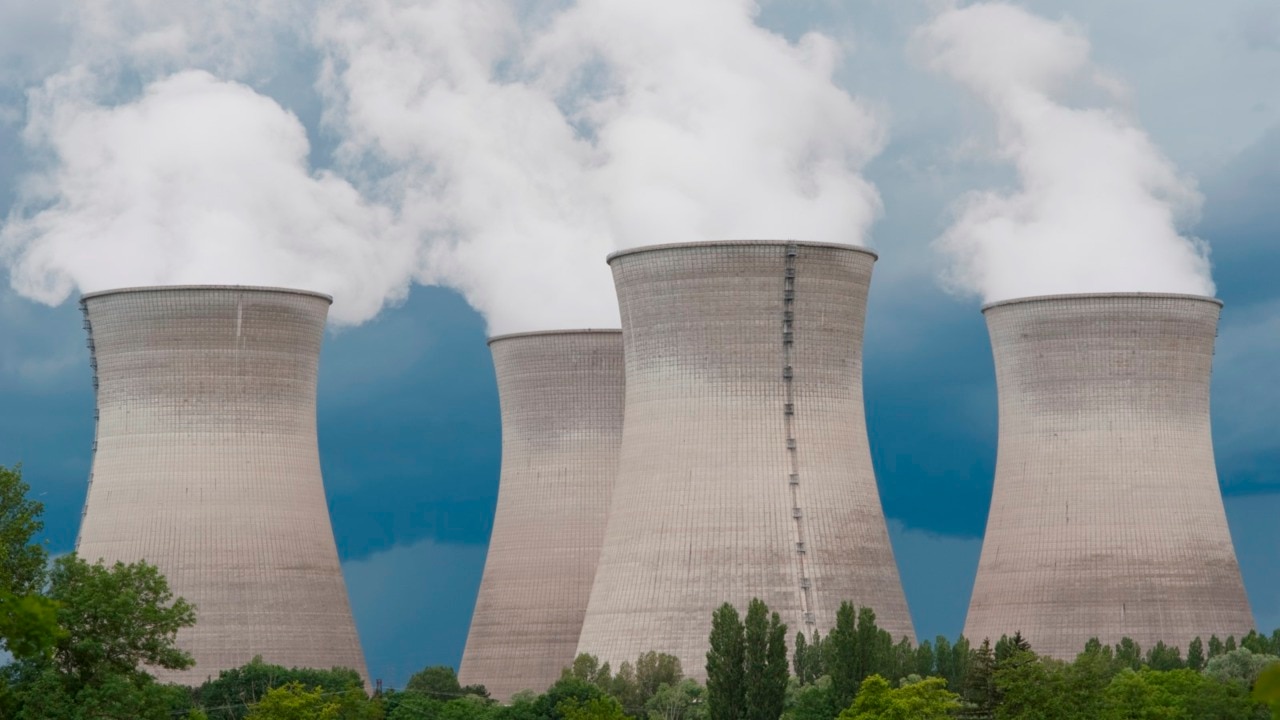
It’s inconceivable that the 18 countries, including the US, UK, Canada, several European nations and China would move towards SMRs if the costs were too high. How can our government just stand by in the lassitude of ignorance and not at least include it in the discussion of future energy options?
In view of the worldwide move to SMRs and their demonstrable advantages, surely it is time for the government to repeal the outdated legislation prohibiting Australia from the carbon-free contribution of nuclear power and allow it to be part of the discussion at least on Australia’s emissions-free energy mix.
Tony Grey was founder and chief executive of Pancontinental Mining, which discovered the Jabiluka uranium orebody, and chairman of the Uranium Institute (now the World Nuclear Association)


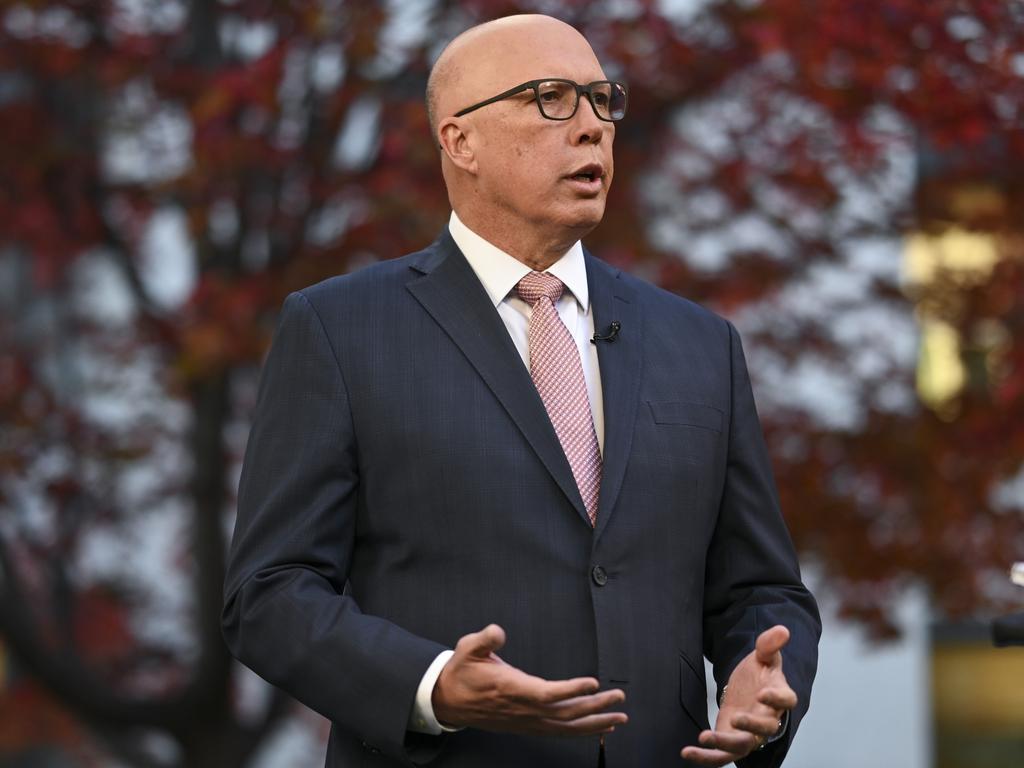
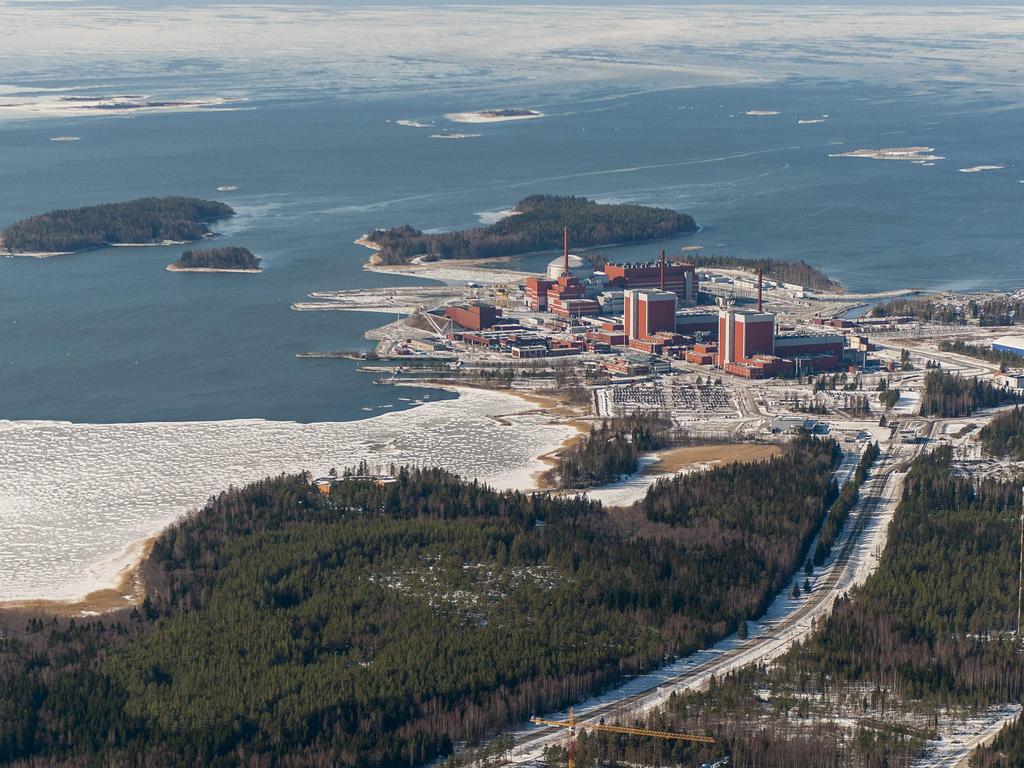



The May budget laid bare the serious energy challenges confronting Australia. This challenge is made more complex by rising consumer prices and the potential for economic disruption unless the government mobilises not only sufficient energy resources to meet rising demand, but to maintain reliable energy flows amid the ongoing restructuring away from carbon-fired electricity.